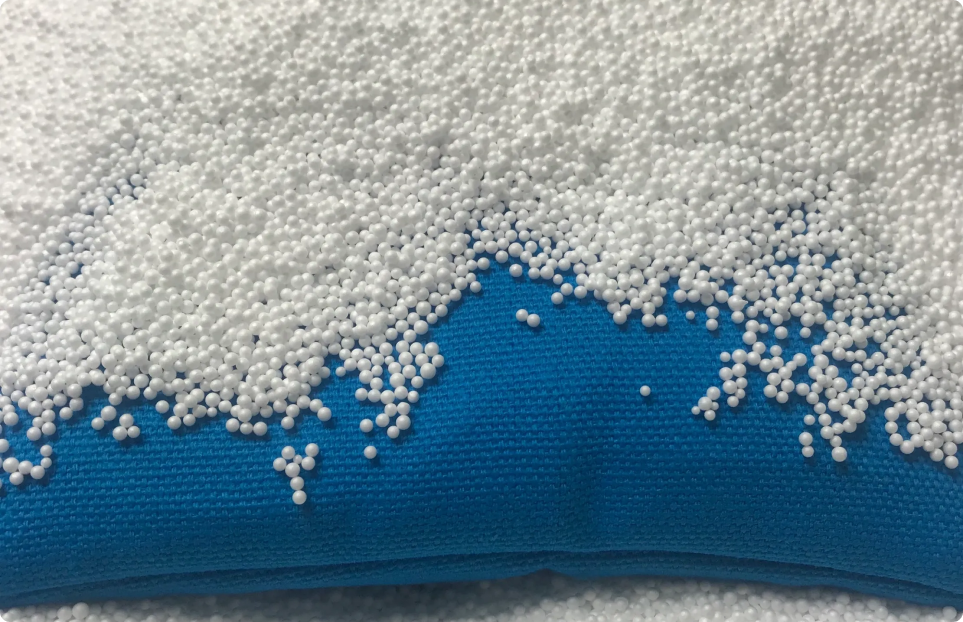
June 27, 2024
Beyond Polystyrene: Unveiling the Diverse Applications of Styrene
Styrene, often equated with disposable cups and packing peanuts (polystyrene), boasts a far more extensive and surprising range of applications. This versatile building block is a cornerstone material in numerous industries, playing a crucial role in the creation of many products we encounter daily.
Basic Properties of Styrene
Styrene is an aromatic hydrocarbon compound with the chemical formula C6H5CH=CH2.
It is a colorless, flammable liquid with a sweet, flowery odor.
Styrene has a boiling point of 145°C and a melting point of -30.6°C.
It is only slightly soluble in water but miscible with many organic solvents.
Production Process of Styrene
Around 90% of styrene production uses ethylbenzene-based technology.
The first step is the catalytic alkylation of ethylbenzene (EB) using catalysts like aluminum chloride or zeolites.
The EB is then dehydrogenated to styrene in the presence of steam at high temperatures over iron-chromium oxide or zinc oxide catalysts.
The global annual capacity for styrene manufacturing is highest in Western and Eastern Europe, as well as North America.
Let’s delve deeper into the world beyond polystyrene and explore the diverse applications of Styrene:
1. SBS (Styrene-Butadiene-Styrene) – The Triblock Powerhouse:
Composition: SBS is a triblock copolymer, meaning its molecular chain is formed by three distinct building blocks: Styrene (S), Butadiene (B), and another Styrene (S) segment. This unique structure grants SBS valuable properties.
Applications in Action:
Shoe Soles: The elasticity of SBS makes it a perfect candidate for shoe soles, providing a comfortable and shock-absorbing experience. Its presence ensures flexibility and durability, allowing for proper flexion during walking or running.
Hoses: SBS’s blend of strength and flexibility is ideal for various hose applications. It can be found in garden hoses, industrial hoses for transporting liquids or gases, and even medical tubing.
Asphalt Modifiers: SBS finds use as a modifier in asphalt mixtures. By enhancing the asphalt’s elasticity and resistance to cracking, SBS helps create longer-lasting and more durable roads.
2. SAN (Styrene-Acrylonitrile) – Balancing Clarity, Strength, and Heat:
The Synergy: SAN is a copolymer formed by Styrene (S) and Acrylonitrile (A) monomers. This combination gives SAN a unique balance of properties:
Similar to polystyrene, SAN offers excellent transparency, making it suitable for applications requiring clear visibility.
Strength: The incorporation of Acrylonitrile enhances SAN’s mechanical strength compared to polystyrene, making it more durable.
Heat Resistance: SAN exhibits improved heat resistance compared to polystyrene, allowing it to withstand higher temperatures without warping or deformation.
Applications Across Industries:
Food Packaging: SAN’s clarity and strength make it ideal for various food packaging applications, particularly for rigid food containers that require good visibility and can withstand moderate heat (e.g., microwavable food trays).
Automotive Parts: SAN’s combination of properties finds use in certain automotive parts, such as instrument clusters or taillights, where transparency, durability, and some heat resistance are desired.
Signage and Displays: SAN sheets can be used for signage and displays that require good clarity and some level of weather resistance.
3. Unsaturated Polyester Resins (UP Resins) – The Reinforcement Powerhouse:
The Resin Advantage: UP Resins are a class of thermosetting resins formed by the reaction of various unsaturated polyester monomers. While Styrene itself can be a component of these resins, its primary role is as a reactive diluent or monomer, influencing the resin’s final properties.
The Power of Reinforcement: UP Resins gain their true strength when combined with reinforcing fibers, most commonly fiberglass. This creates a composite material where the UP resin acts as the glue, binding the fibers together, while the fibers provide exceptional strength and rigidity.
Applications Spanning Industries:
Boats and Marine Applications: UP resin composites, reinforced with fiberglass, are widely used in boat hulls and other marine components due to their lightweight yet high-strength properties.
Bathtubs and Showers: The combination of strength, durability, and good surface finish makes UP resin composites ideal for bathtubs, shower stalls, and other bathroom fixtures.
Building Components: UP resin composites can be used for various building components, such as roofing panels, cladding materials, and even structural elements in some applications.
Conclusion:
Styrene’s versatility extends far beyond polystyrene. From the elasticity of shoe soles to the clarity of food packaging and the strength of boat hulls, Styrene plays a crucial role in creating the world around us. As we explore new applications and advancements in sustainable production methods, Styrene is likely to remain a valuable building block for various industries in the years to come.


